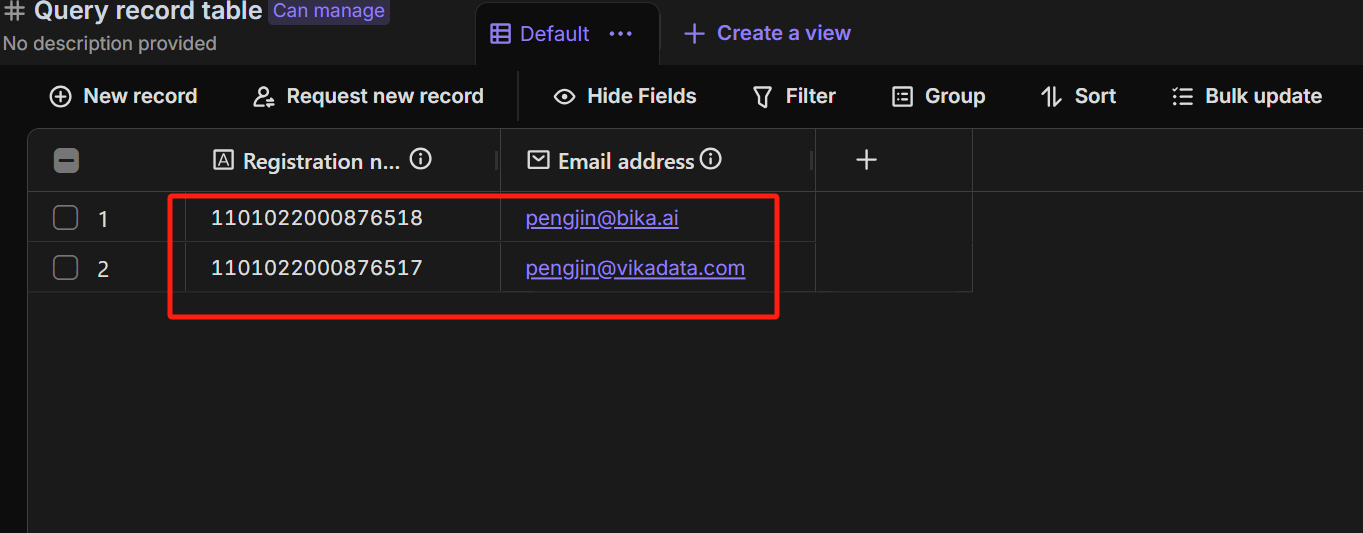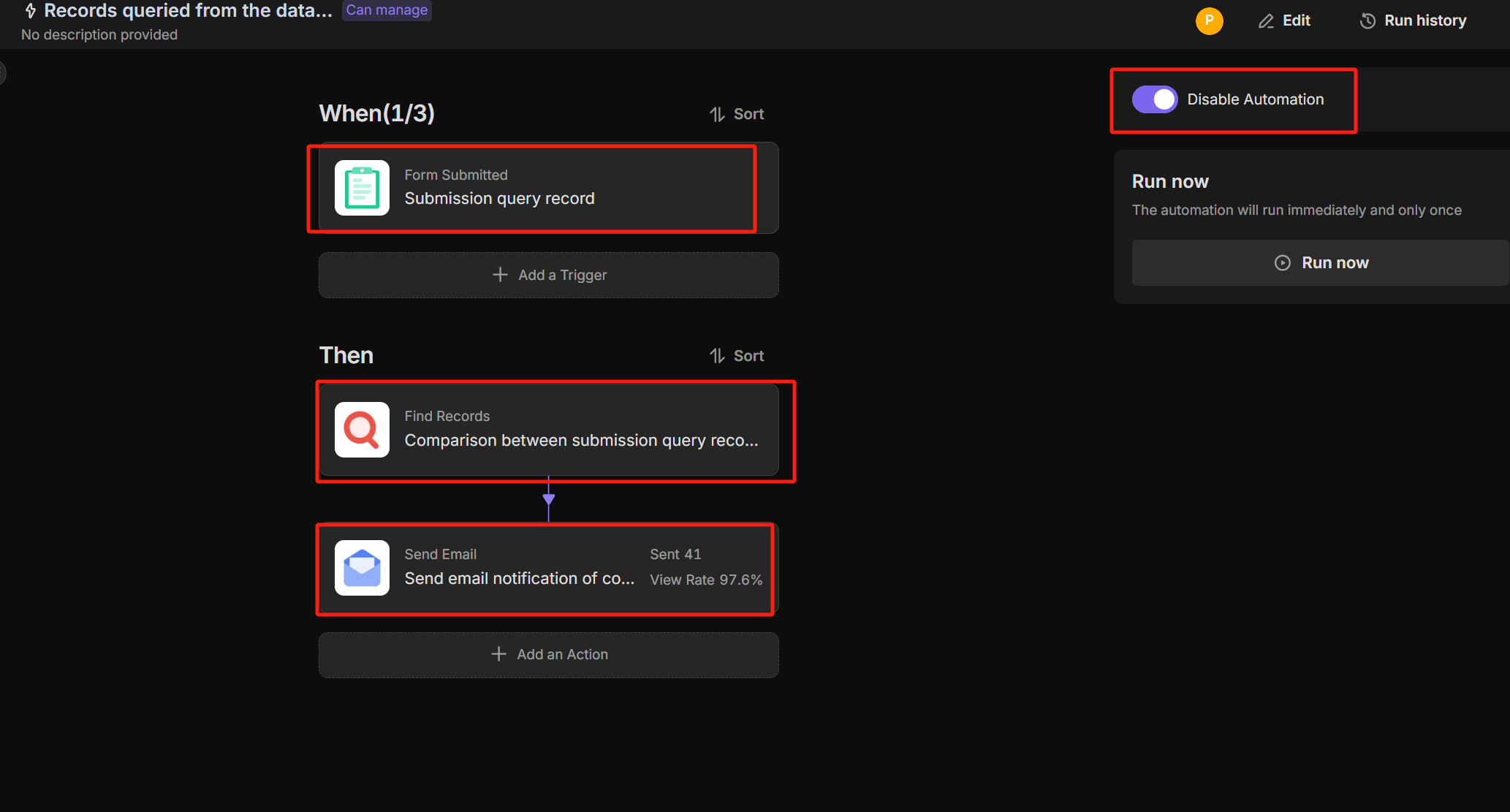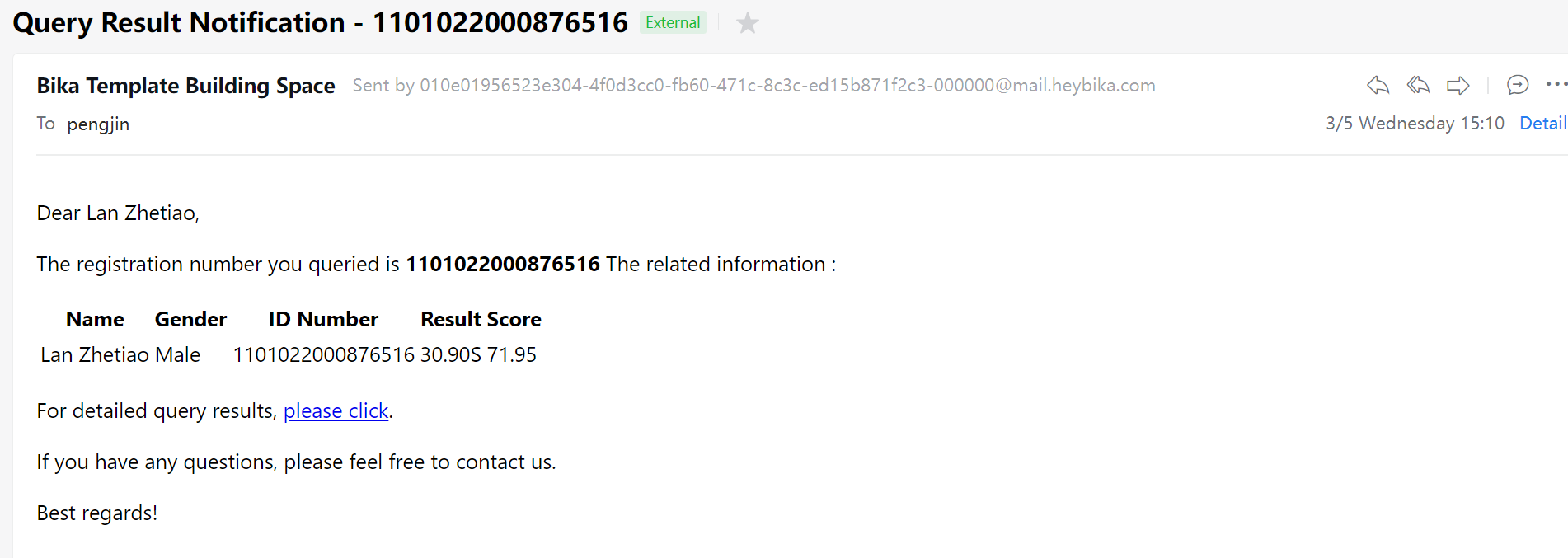
Choosing the Right AI Content Detector in 2025: A Comprehensive Review
The Growing Need for an AI Content Detector in 2025
In 2025, the digital landscape is inundated with AI - generated content. From blog posts and academic essays to marketing copy, AI - powered language models like GPT - 4 and its successors have made content creation faster and more accessible than ever. However, this proliferation comes with a host of challenges. Plagiarism, in the form of unacknowledged AI - generated text, has become a significant concern. Authenticity is at stake, as readers and consumers expect content to be the product of human thought and creativity. Ethical issues also arise, especially in fields where human - produced work is highly valued, such as academia and journalism.
An AI content detector is a tool designed to analyze text and determine whether it was written by a human or an AI. These detectors typically use a combination of techniques, including analyzing language patterns, statistical models, and machine - learning algorithms. They look for signs such as the consistency of writing style, the use of common AI - generated phrases, and the complexity of sentence structures.
Accurate AI content detection is crucial for various professions. Educators need to ensure that students' assignments are their own work, as relying on AI - generated essays undermines the learning process. Content creators, such as bloggers and journalists, must maintain the integrity of their work to build trust with their audiences. Researchers, too, need to be certain that the sources they are citing are human - written and reliable. When considering the options in the market, a comparison like "gptzero vs justdone ai" becomes relevant as different tools may offer varying levels of accuracy and features tailored to specific user needs.
:::: key-takeaways ::::
- AI - generated content is widespread in 2025, posing challenges to authenticity, plagiarism, and ethics.
- An AI content detector analyzes text to distinguish between human - and AI - written content using language patterns and machine - learning.
- Different professions, including educators, content creators, and researchers, rely on accurate AI content detection for integrity. ::::
Leading AI Content Detector Tools on the Market
As the demand for AI content detection has grown, several tools have emerged to meet this need. Here is a curated list of some of the most prominent AI content detector tools available in 2025.
Sapling
Sapling is an AI - powered writing assistant that also offers content detection capabilities. It is primarily focused on helping writers improve their writing in real - time, whether it's for business communication, academic writing, or creative projects. Its user base includes professionals across various industries, students, and content creators.
Unique Features: Sapling integrates seamlessly with popular writing platforms like Google Docs and Microsoft Word. It provides instant feedback on grammar, style, and can flag potentially AI - generated content. Reported accuracy is high, especially for detecting AI - generated text that follows common patterns.
Pros: The ease of integration makes it convenient for users. It not only detects but also helps improve overall writing quality.
Cons: It may not be as specialized in AI content detection as some dedicated tools. It might have a slightly higher false - positive rate for more nuanced AI - generated content.
 Visit Sapling's official website
Visit Sapling's official website
GPTZero
GPTZero is a well - known tool specifically designed for AI content detection. It focuses on analyzing text to determine the likelihood of it being AI - generated. Its typical users are educators, students, and content reviewers who need to quickly assess the authenticity of written material.
Unique Features: GPTZero uses a combination of neural network - based algorithms to analyze text at a deep semantic level. It claims to be highly accurate in detecting AI - generated content from a wide range of language models. It also provides a score indicating the probability of the text being AI - written.
Pros: High accuracy, especially for detecting content generated by major language models. The scoring system gives users a clear indication of the detected content's origin.
Cons: It may struggle with very short pieces of text or text that has been heavily edited from its original AI - generated form. In some cases, it might misclassify highly structured human - written content as AI - generated. When compared to JustDone AI, GPTZero may be more focused on pure detection accuracy, while JustDone AI might offer more features in terms of integration and post - detection analysis.
 Visit GPTZero's official website
Visit GPTZero's official website
Winston AI
Winston AI is another leading player in the AI content detection space. It is designed to be used by businesses, educational institutions, and content platforms. The tool aims to provide a comprehensive solution for detecting AI - generated content at scale.
Unique Features: Winston AI offers batch processing capabilities, making it ideal for organizations that need to screen large volumes of content. It also has a user - friendly dashboard for easy management of detection results. Reported accuracy is competitive, with a focus on minimizing false positives.
Pros: Batch processing saves time for large - scale content screening. The dashboard provides an organized view of results.
Cons: The interface may be a bit overwhelming for individual users or those new to AI content detection. It may not be as effective for detecting AI - generated content that has been significantly rephrased.
 Visit Winston AI's official website
Visit Winston AI's official website
ZeroGPT
ZeroGPT is a simple yet effective AI content detector. It is popular among students, educators, and small - scale content creators who are looking for a quick and easy - to - use solution.
Unique Features: ZeroGPT has a straightforward interface where users can simply paste the text they want to check. It provides a binary result - either the text is likely AI - generated or not. It is known for its speed, often providing results within seconds.
Pros: Easy to use, even for non - technical users. The quick results are great for immediate checks.
Cons: The binary result may not be as detailed as some users would like. It may not be suitable for in - depth analysis of complex or long - form content.
 Visit ZeroGPT's official website
Visit ZeroGPT's official website
JustDone AI
JustDone AI offers a suite of content - related services, including AI content detection. It caters to a wide range of users, from individual bloggers to large - scale content marketing agencies.
Unique Features: JustDone AI not only detects AI - generated content but also provides suggestions on how to rewrite the text to make it more human - like. It has good integration capabilities with popular content management systems. In comparison to GPTZero, JustDone AI's post - detection assistance can be a major advantage for content creators who need to quickly fix detected AI - generated content.
Pros: The rewrite suggestions are very helpful for content improvement. The integration with CMS systems streamlines the content creation and verification process.
Cons: The accuracy of detection may be slightly lower than some dedicated detection - only tools like GPTZero in certain cases. The rewrite suggestions may not always be perfect and may require some manual adjustment.
 Visit JustDone AI's official website
Visit JustDone AI's official website
Essential Features to Look for in an AI Content Detector
When choosing an AI content detector, several key features should be considered.
Accuracy and False Positives/Negatives: A high - accuracy tool is essential. False positives (flagging human - written content as AI - generated) can be as problematic as false negatives (failing to detect AI - generated content). Tools like GPTZero and JustDone AI have different approaches to accuracy, and understanding these differences can help in making the right choice. For example, GPTZero may be more accurate in pure detection, while JustDone AI offers additional post - detection benefits. Ease of Use and User Interface: The tool should be easy to navigate, especially for non - technical users. A complex interface may deter users from effectively using the detector. Pricing Models: Some tools offer free versions with limited functionality, while others operate on a subscription - based or per - word pricing model. Consider your usage volume and budget when choosing. Integration Capabilities: Integration with popular writing tools, content management systems, or browsers can greatly enhance the user experience. Tools like Sapling and JustDone AI have good integration options. Supported Content Types: Determine whether the tool can handle long - form, short - form, or code - related content, depending on your needs. Speed and Batch Processing: For those dealing with large amounts of content, speed and batch processing capabilities are crucial. Winston AI, for instance, excels in batch processing. Evaluating these features helps in making a decision like "gptzero vs justdone ai" more informed.
Maximizing Content Integrity with Automated Workflows
While standalone AI content detectors are useful, integrating them into automated workflows can significantly enhance their utility. Automation platforms can streamline the content verification process, ensuring that content is checked for AI - generation before it is published or submitted.
Automated content scanning before publishing can prevent AI - generated content from reaching the audience, maintaining the credibility of the content source. Real - time flagging of suspicious text helps content creators address issues immediately. Integration with content management systems (CMS) or writing tools allows for a seamless verification process within the existing content creation environment.
Bika.ai is a powerful platform that enables users to automate content verification processes. It provides a range of templates and workflows that can be customized to suit different content - related needs.

Automating Content Verification: The Bika.ai Information Query (Student Grades) Template for ``
The Information Query (Student Grades) Template on Bika.ai is designed for the scenario of student exam information retrieval. It is most useful for counselors, candidates, teaching assistants, homeroom teachers, and candidates' parents.
💡 Why Use the Information Query(Student Exam Information Query)
The Information Query Template is designed for the scenario of student exam information retrieval, providing real - time feedback on query results to ensure efficient responses and accurate data retrieval, thus enhancing the query experience and accuracy. This template can also be flexibly applied to other information query scenarios.
👉 How the Template Works
- Query Form: This form is mainly used to submit query records.
- Query Record: This table is used to store records submitted by users through the "Query Form".
- Score Information: This table is used to store score information for specialized exams and is linked with the Candidate Information Table.
- Candidate Information: This table is used to store detailed student information, which is compared with the records submitted through the form.
- Records Queried From The Database Are Returned: When the queried records exist in the "Candidate Information Table", the query results will be sent via email.
🎯 Steps for Use
-
The submitted query record will be stored in the "Query Record Table".
![临时存储表]()
-
The "Score Information" stores student exam score information and is linked with the Candidate Information Table
![score]()
-
The query record information will be compared with the candidate information stored in the "Candidate Information Table".
![记录存储表]()
-
If the query record exists in the "Candidate Information Table" the query result will be notified via email.
![自动化配置]()
![发送邮件]()
👉 Suitable Users
Counselors,candidates,teaching assistants,homeroom teachers,candidates parents
⭐ Key Features of This Template
- Information storage
- Real - time information query
- Real - time query result notifications
This template helps in automating tasks related to content integrity. For example, in an educational setting, it can be used to ensure that student - submitted grade - related queries are accurate and not manipulated using AI - generated false information. By integrating with an AI content detector like GPTZero or JustDone AI, it can enhance the detection process. If an AI - generated query is detected, the template can be configured to block or flag the query, making the detection process proactive and integrated.
Information Query (Student Grades) Template
Conclusion: Secure Your Content's Authenticity
In 2025, choosing the right AI content detector is crucial for maintaining content authenticity. Evaluating options like "gptzero vs justdone ai" helps in finding the tool that best suits your specific needs, whether you're an educator, content creator, or researcher. Bika.ai further empowers users by enabling them to move beyond manual content checks to fully automated content integrity workflows. By leveraging the Information Query (Student Grades) template and other features, users can ensure that their content is reliable and free from AI - generated inaccuracies.
We encourage you to explore Bika.ai for automating workflows that support your content creation and verification processes.

FAQ
Q: How do AI content detectors work? A: AI content detectors typically use a combination of techniques such as analyzing language patterns, statistical models, and machine - learning algorithms. They look for signs like the consistency of writing style, use of common AI - generated phrases, and sentence structure complexity to determine if text is human - or AI - written.
Q: Why is accuracy important in an AI content detector? A: High accuracy is crucial as false positives (flagging human - written content as AI - generated) can wrongly penalize content creators, while false negatives (failing to detect AI - generated content) can lead to inauthentic content being passed off as human - written, undermining integrity in various fields like academia and journalism.
Q: How can Bika.ai enhance the use of AI content detectors?
A: Bika.ai can enhance the use of AI content detectors by integrating them into automated workflows. For example, its Information Query (Student Grades) template can be configured to use the results of an AI content detector to proactively flag or block potentially AI - generated queries, making the detection process more efficient and integrated.

Recommend Reading
- Grow Faster, Work Less: Top Marketing Automation Tools for Startups
- Outlook vs Gmail: Which Email Platform Reigns Supreme for Your Automated Workflow?
- Choosing the Right AI Content Detector: A 2025 Comparison
- Elevate Your Presentations: The Best Presentation Software Alternatives to PowerPoint in 2025
- Choosing the Right AI Content Detector: A 2025 Comparison Guide
Recommend AI Automation Templates


Coming soon

Coming soon

Coming soon

Coming soon

Coming soon




